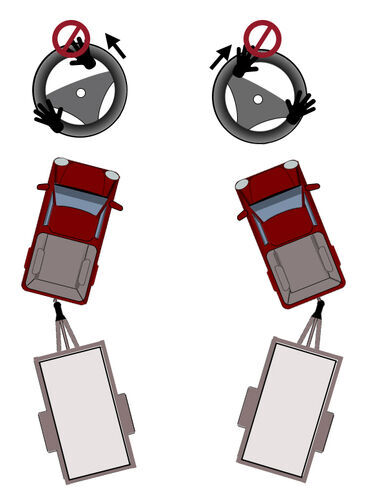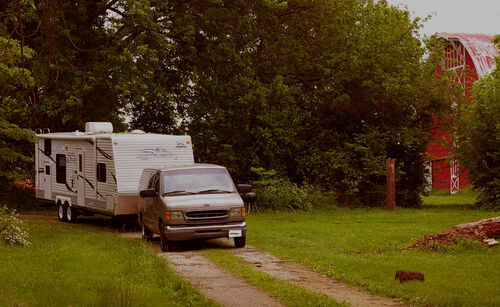
How to Back Up a Trailer (Confidently, Like a Boss)
Tip 1: Have a Spotter

Tip 2: Grip the Bottom of the Wheel


Tip 3: Don't Jacknife!

Tip 4: Pick Up Some Towing Mirrors

Tip 5: Make Small Adjustments

Tip 6: Slow and Steady Wins the Race

Tip 7: Keep Calm and Camp On


Departments
Towing
- Trailer Hitch
- Fifth Wheel
- Gooseneck
- Towing a Vehicle
- Front Hitch
- RV Hitch
- ATV Hitch
- HD Truck Hitch
- Vehicle Wiring
- Brake Controller
- Ball Mounts
- Weight Distribution
Sports and Recreation
Trailer Parts
- Utility Trailer
- Boat Trailer
- Landscape Trailer
- Enclosed Trailer
- 5th/Camper Trailer
- Car Hauler
- Horse Trailer
Vehicle
Contact & Help

































